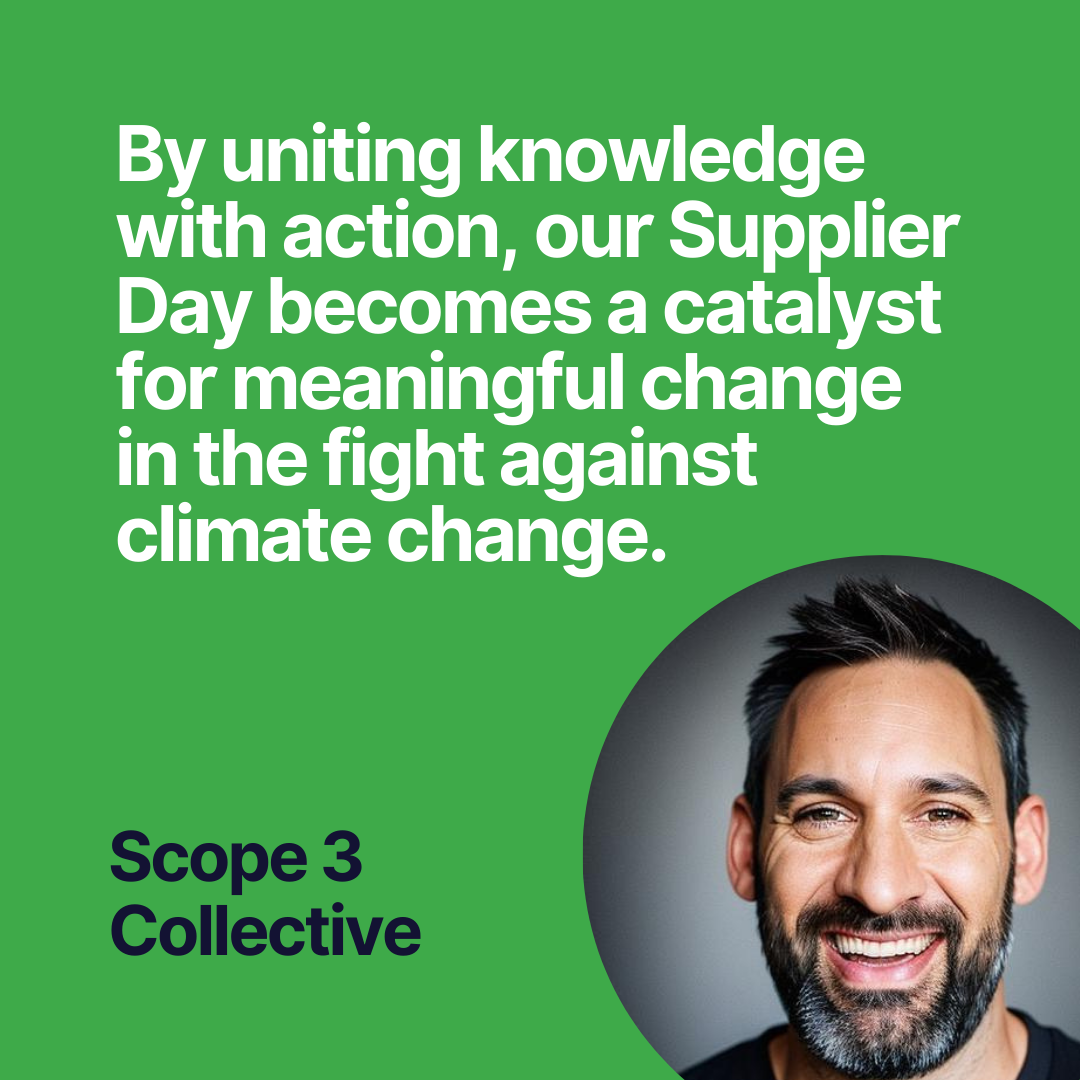Building the Agenda: Key Topics for Your Supplier Day on Scope 3 Emissions
Craft an agenda that turns knowledge into action for Scope 3 emissions, inspiring suppliers to join the sustainability journey."

Crafting an engaging and informative agenda for your Supplier Day is crucial to capturing your suppliers' attention and commitment. The agenda should not only educate but also inspire action and collaboration. Here’s how to design an agenda that addresses the essential topics related to Scope 3 emissions, ensuring your Supplier Day becomes a milestone in your sustainability journey.
1. Introduction to Scope 3 Emissions
Start with the basics. An introductory session on what Scope 3 emissions are, why they matter, and how they significantly impact the environment is essential. This session sets the stage, providing a common understanding for all participants, regardless of their prior knowledge.
2. The Importance of Scope 3 Emissions Reduction
Why focus on Scope 3? This segment should convey the critical role that reducing these emissions plays in combating climate change, achieving sustainability goals, and complying with evolving regulations. Highlight the business case for sustainability, including risk management, customer demand, and potential financial incentives.
3. Success Stories and Case Studies
Nothing inspires action like success. Share stories of companies (possibly within your industry) that have successfully reduced their Scope 3 emissions. Discuss the strategies they implemented, the challenges they overcame, and the benefits they've reaped. This not only provides a roadmap but also motivates suppliers with tangible examples of success.
4. Workshops on Measuring and Reporting Emissions
Knowledge is power. Organize workshops led by experts on how to measure and report Scope 3 emissions accurately. These sessions can cover methodologies, tools, and best practices, empowering suppliers to track their own emissions and progress.
5. Setting Science-Based Targets
Encourage ambition. Dedicate a session to understanding science-based targets: what they are, how to set them, and their importance in aligning with global efforts to limit warming. This can include guidance on aligning targets with the Science Based Targets initiative (SBTi) criteria.
6. Collaborative Goal Setting
Turn ambition into action. Facilitate a collaborative session where suppliers can set their own preliminary targets for emissions reduction. This could be in the form of breakout groups, where suppliers discuss their capacities and commit to realistic, actionable goals.
7. Tools, Resources, and Support
Equip your suppliers. Provide an overview of the tools, resources, and support available to them as they embark on their emissions reduction journey. This can include software tools, consultancy services, or even forums for ongoing discussion and support.
8. Open Forum for Questions and Discussion
Create space for dialogue. An open forum allows suppliers to ask questions, express concerns, and seek clarification on any topics covered throughout the day. This interactive session ensures that all participants leave with a clear understanding of their role in reducing Scope 3 emissions.
Closing Remarks: A Call to Collective Action
End on a high note. Conclude your Supplier Day with a powerful call to action, emphasizing the collective impact that can be achieved through concerted efforts. Reiterate your organization’s commitment to supporting suppliers and the importance of every step taken towards reducing Scope 3 emissions.
By carefully crafting your Supplier Day agenda to include these key topics, you're not just organizing an event; you're fostering a community of practice committed to sustainability. This collaborative effort marks a significant step forward in the journey to not only understand but actively reduce Scope 3 emissions across your supply chain.

Stay tuned for the next article in our series, where we'll delve into strategies for engaging your suppliers and ensuring their active participation in your Supplier Day. Together, we can create a ripple effect of sustainability that extends far beyond our immediate reach.





Comments ()